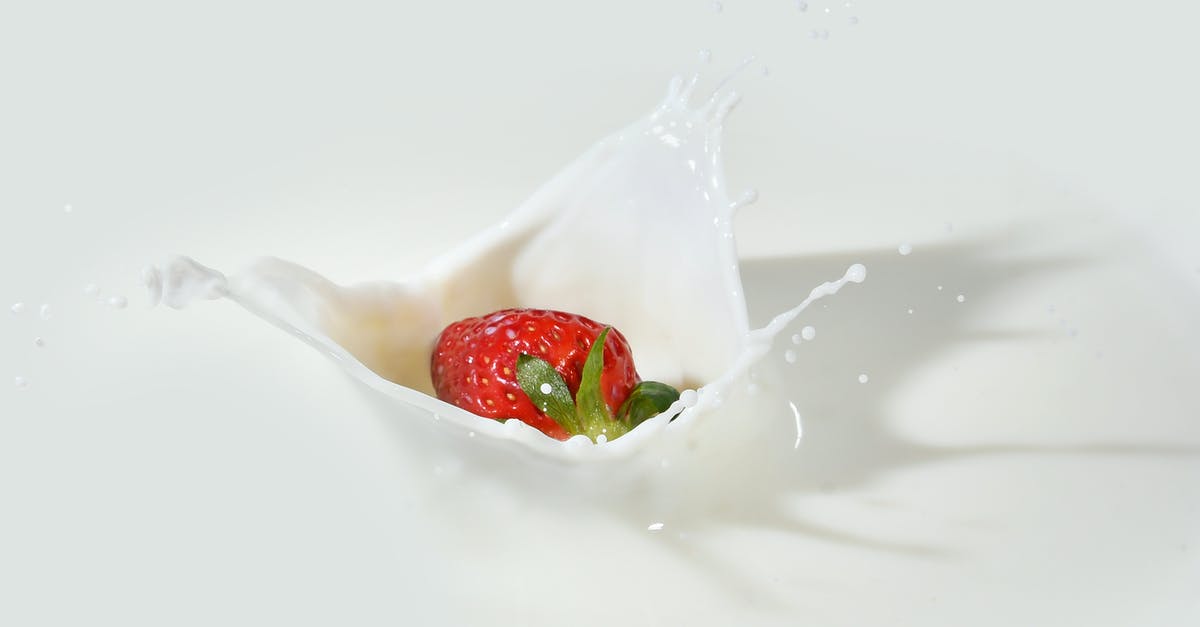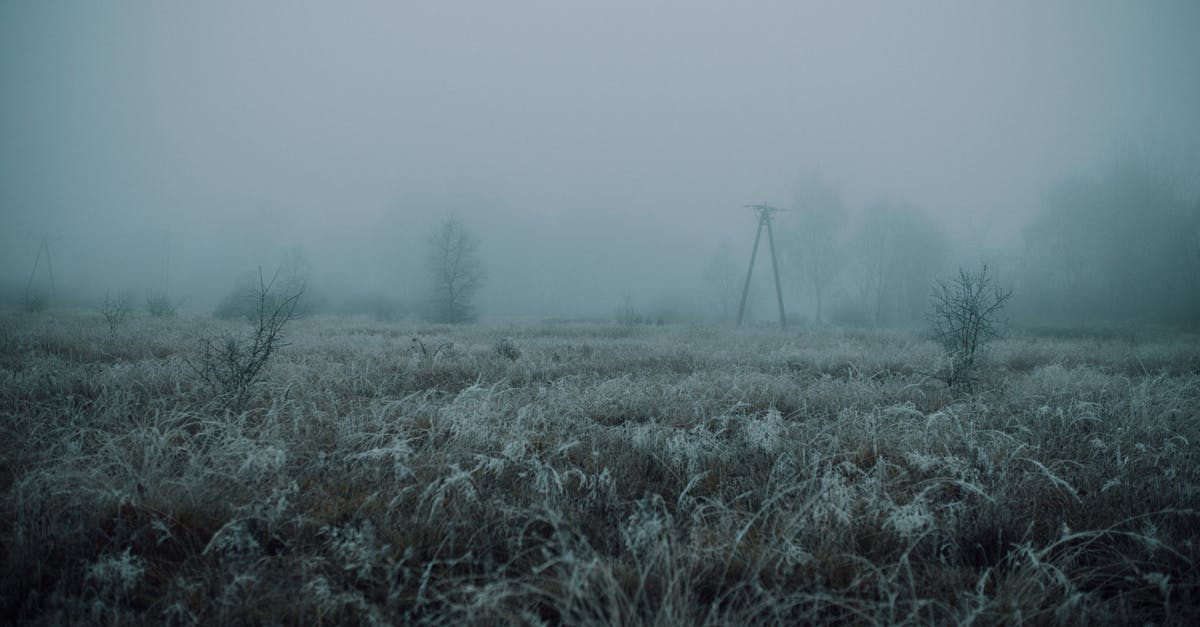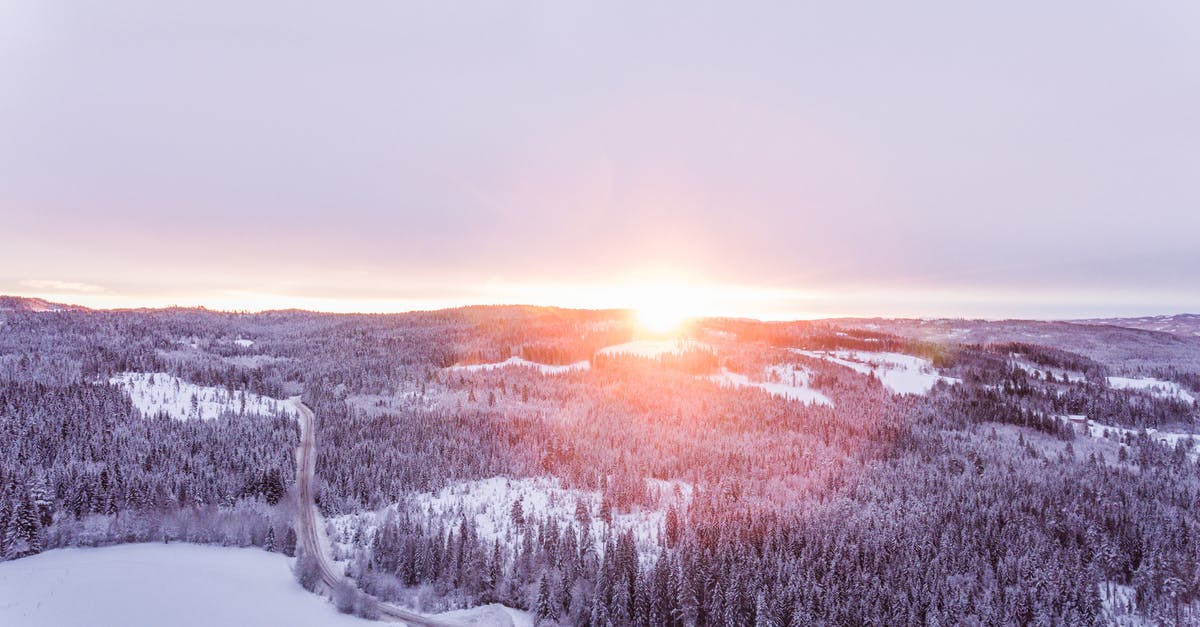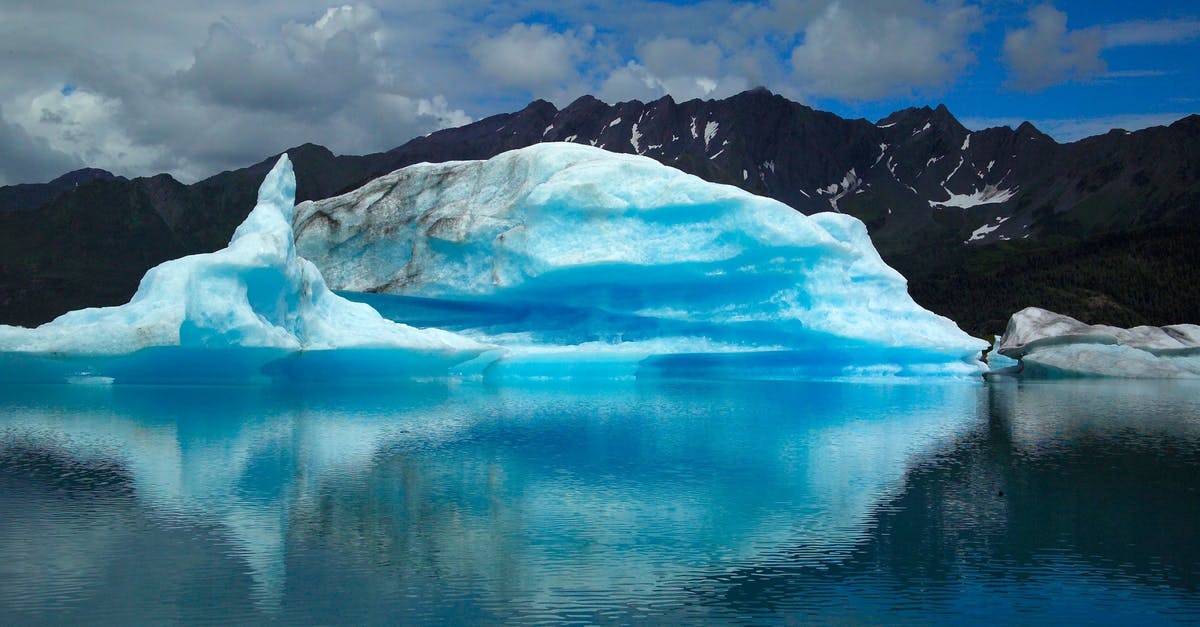Unable to make yogurt in cold climate

I have read the answers to this question - How to thicken yogurt and I am not sure if my question is on topic or not - this is the procedure I followed to make yogurt in a mountainous region and I am not able to make yogurt twenty four hours after I started the procedure
1) Boiled unpasteurized milk
2) Cool the boiled milk to where when I touch the milk it feels warm.
3) I added three teaspoons of branded yogurt(3 % fat)
4) Stir for couple of minutes with teaspoon
I am not sure if you are required to put a lid over the milk as it ferments (I did not) but today morning when I looked it is half milk and half yogurt. It still tastes milk like. The bottom portion is yogurt and the top portion is milk. I am in a mountainous region and it is fairly cold right now(the coconut oil has frozen). I reckon it is around 13-14 degrees centigrade plus rain and I am wondering if my milk culture is "gone" or is there a way to rescue it ? In the morning I did wrap some woolens around it and did put a lid on top of the vessel. I am looking to know what I did wrong here.
Best Answer
Not covering it was unwise - it accelerates cooling and also allows other (unwanted) bacteria to populate it.
Not insulating it to keep it warm was your main problem. I seem to recall that some cultures in cold climates that traditionally fermented milk products would do so in a bag worn next to the skin, under clothing and blankets, to keep the ferment warm at body temperature. You can probably improvise something a bit less primal, but it's there as an option. A well-insulated box is generally simple enough, but waiting until the milk was already cool to "wrap some woolens around it" is too little, too late - you need the insulation to keep the heat in, as it does not warm the milk up when it's already cold.
I have decent success with a 35-37C temperature for a long time (24 hours) - but without a means to hold the milk at temperature (perhaps set it above the warm computer? Carefully!) I'd start in the 45C range and wrap it up in a lot of insulation to hold the heat as long as possible. Aside from woolens, styrofoam or cardboard are fairly inexpensive or even free insulating materials that are widely available. You can nest several cardboard boxes inside each other to make multiple layers for better insulation. If you are making a small quantity of yogurt you can add bottles or jars of warm water for additional thermal mass (wrap them all up together inside the insulation/box.)
Pictures about "Unable to make yogurt in cold climate"



Quick Answer about "Unable to make yogurt in cold climate"
You need to keep your developing culture at a steady temperature. Fluctuations in the temperature can allow less desirable microorganisms to grow. The ideal temperature for incubating yogurt is 113° F (45° C).How do you make yogurt in a cold climate?
How to make curd in USA(or in a cold climate)Why curd is not forming in winter?
Curd is basically made of lactic acid, which is created by mixing warm milk and some curd. Since, the temperature in winters is on the lower side, it slows down the bacterial activity,which makes it difficult to form curd. The best temperature for curd formation is around 37-42 degree centigrade.Why did my yogurt not set?
This can be due to a few issues: 1) poorly cleaned jars and utensils, 2) very old milk that wasn't properly heated and then cooled down prior to culturing, 3) a compromised starter culture. Discard the yogurt, and start fresh with a new starter and clean materials. What is this?Why is my yogurt not thickening?
Yogurt usually will not thicken until cooled, especially non-dairy yogurt. In some cases, thickening can take up to 24 hours. Even if the yogurt is thin, it is still a cultured food and may be consumed (it's great for whipping up smoothies!)Tips and Tricks to make Curd in Cold Places / USA | Roochis Town
More answers regarding unable to make yogurt in cold climate
Answer 2
You need to keep your developing culture at a steady temperature. Fluctuations in the temperature can allow less desirable microorganisms to grow. The ideal temperature for incubating yogurt is 113° F (45° C). I found replacing the oven light with an incandescent 60 watt bulb gave me the heat I needed when I left the light on.
Experiment to see which wattage provides you with the right temperature. I used a thermometer to check and left the light on long enough (30 minutes) to make sure it was accurate. Still, I immersed my container of milk and culture in a large soup pot of warm water to provide even warming throughout.
Answer 3
Most store-bought yoghurt cultures are thermophillic; you need to provide heat to grow them. Generally, the ideal temperature range is between 50C and 58C for me, but I noted that Chefsteps has a 43C recommendation as does the comment below.
You do need to maintain that temperature range for a few hours at least.
It is best to thin down your bought yoghurt with enough milk so that it mixes easily and readily with the bulk of your milk, otherwise you will either get lumpy or gritty results or you will have two layers as you described. The idea is that you should disperse the culture as widely as possible throughout the milk, otherwise, in what you described, you will have fermentation happening slowly and only at the interface between the two layers.
Sources: Stack Exchange - This article follows the attribution requirements of Stack Exchange and is licensed under CC BY-SA 3.0.
Images: Adonyi Gábor, KoolShooters, invisiblepower, Pixabay
